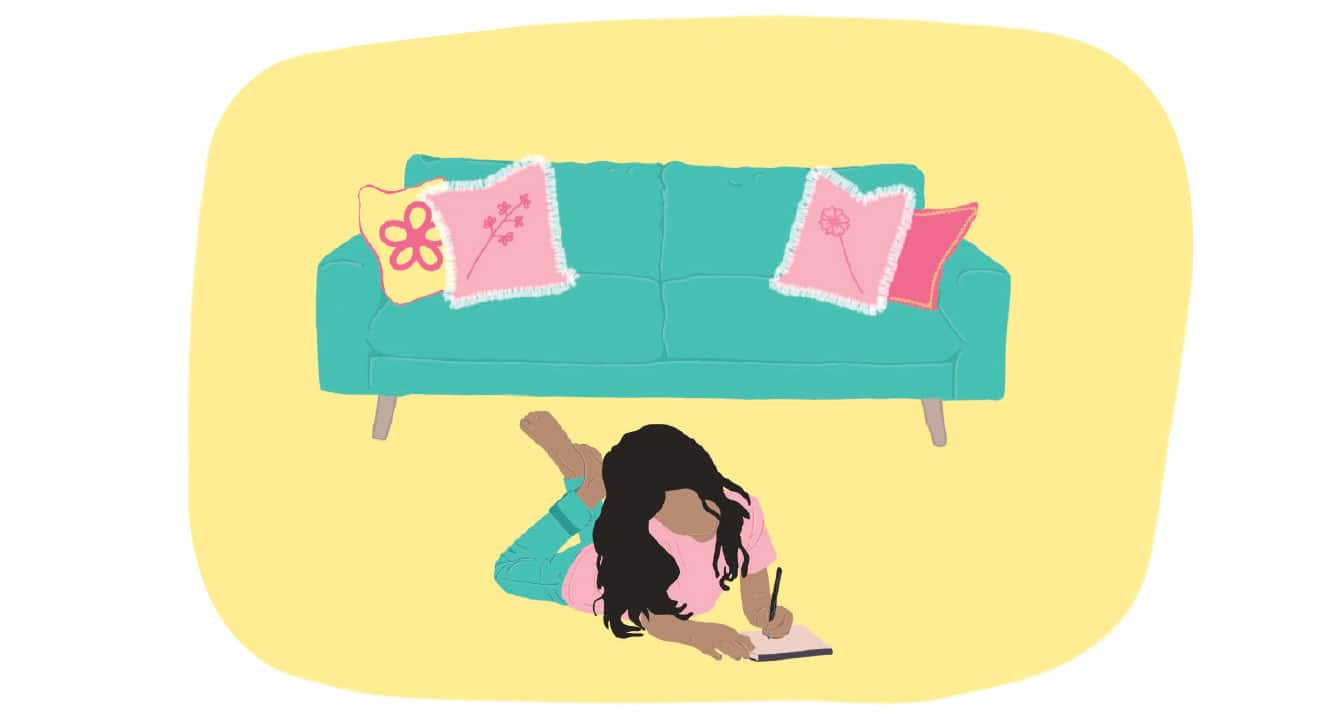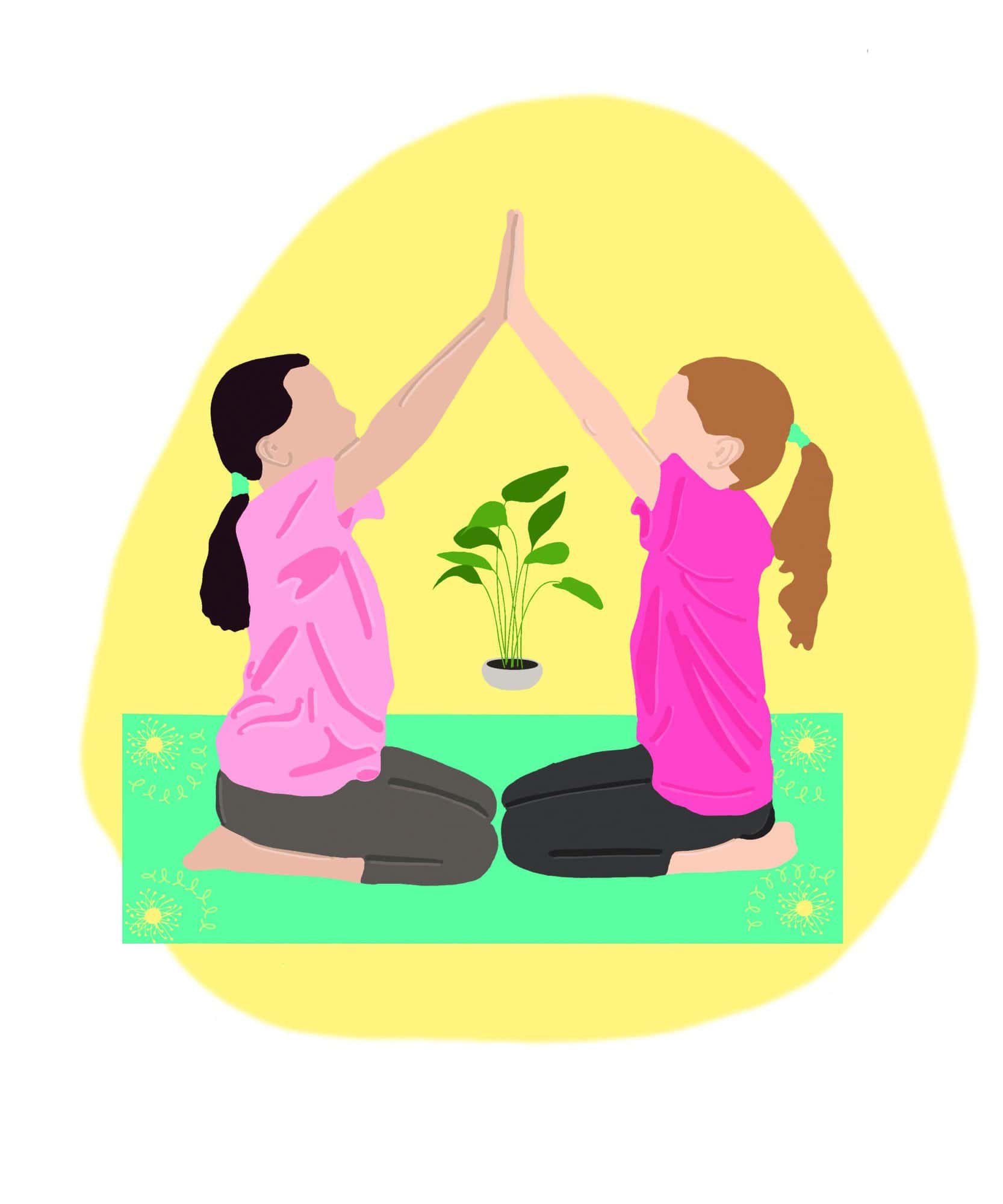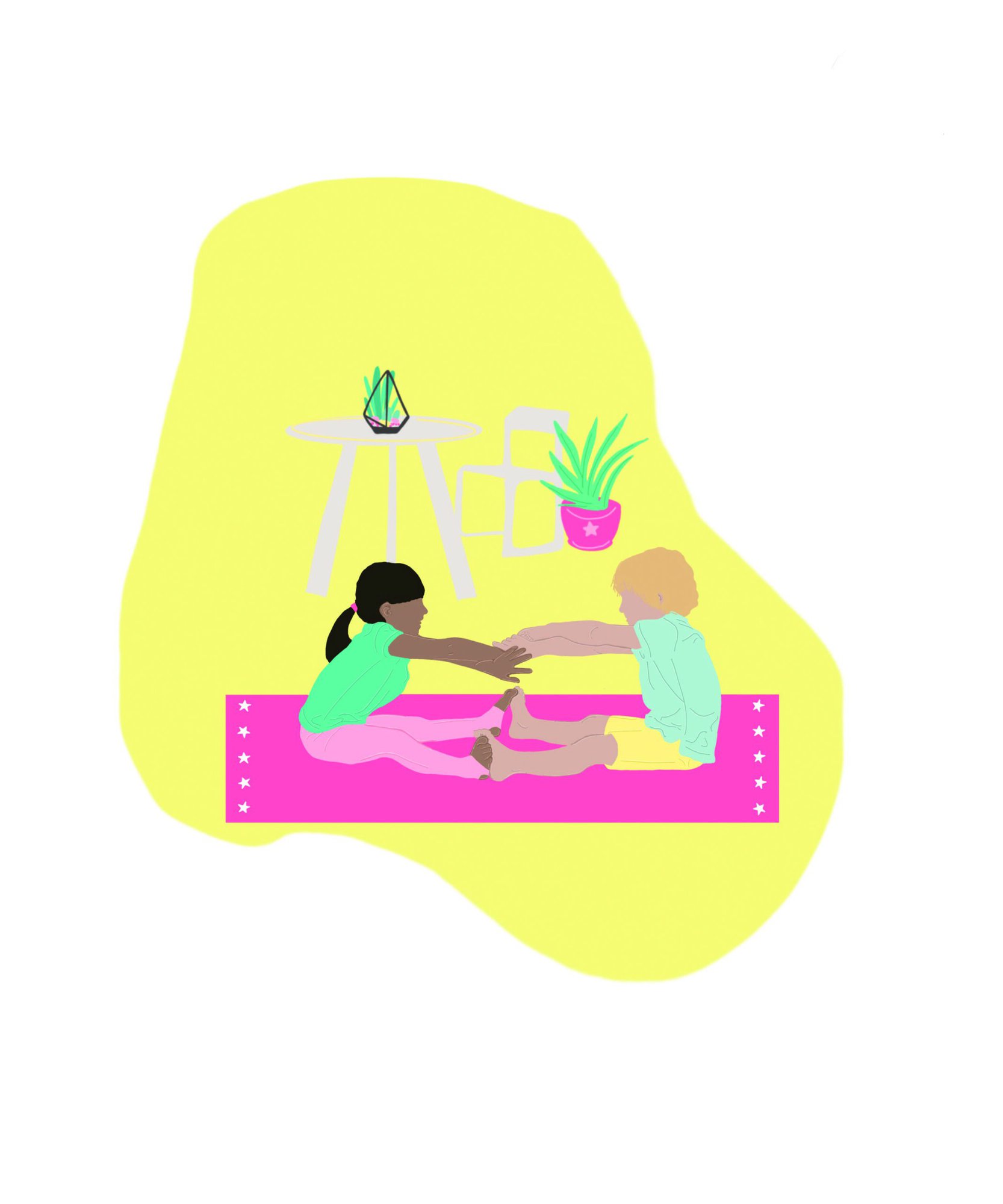
Yoga for children
Introducing children’s yoga to improve lifelong mental health. By Victoria Tso
Imagine, for a moment, what the world would look like in 20 years’ time if every child started practicing yoga. If the adults of the future were strong, balanced and flexible in both body and mind. This is my vision for the future. This is my mission.
Regular readers will know well that yoga comes with countless benefits for all of us, whatever our age, race, or gender, so it seems obvious to me that we should introduce yoga to children as early as possible. I believe there are certain skills that we just can’t unlearn: a bit like learning to ride a bike, learning to control our breath or move through asanas. These are skills that, once learned, we can cultivate for life. Once we give children the tools to regulate their emotions, understand when they need stillness and how to relax in their own company, they can use these gifts for the rest of their lives.

The statistics around children’s mental health as we emerge from Covid-19 and its associated lockdowns are devastating. According to a 2021 NHS report one in six 6-16 year-olds suffers from a probable mental health disorder and 32% of children this age had experienced a deterioration in their mental health since 2017. Furthermore, over a quarter of children struggle with insomnia. Ready for some good news? Multiple research studies have shown that introducing yoga into schools provide students with healthy ways to express, balance, and regulate their emotions and improves their mind/body awareness.
Yoga has been shown to enhance resilience, thereby helping students cope with negative life events, something vitally important as we come through the pandemic. Children’s yoga also promotes a more relaxed state of being and reduces anger, depression, and fatigue as well as improving confidence and self-esteem. Wow! If these statistics – both good and bad – don’t call us to action, I don’t know what will.
As yogis, we are not healthcare professionals and it’s important that children get the clinical help they need from those who specialise in the field if they are battling a mental health disorder – so what we can do? We teach yoga, well, to every child to give them the tools to start caring for their own mental health.

We help them recognise the signs their bodies and emotions are giving them, and we give them strategies to help them manage them before their mental health deteriorates. We all have days where we feel a bit lethargic or lack confidence, but where you or I might spend some time on the mat, eat well and get fresh air, a child may not have these strategies to hand. This is where we can help!
Children’s yoga classes are fun, playful, active and sociable. They are also relaxing, calm and safe spaces. Unfortunately, not everyone can access a children’s yoga class in person so I’m here to share some fun yoga games, poses and breathing exercises you can enjoy with the children in your life. Know a teacher? Why not send them a copy of this magazine so they can share these techniques with their classes and we can spread the benefits further.
Creating a children’s yoga space
I find children respond well when you put some effort into creating a space for them. I always share yoga in a circle to help everyone feel safe and equal, and I like to create a centre – with flowers, crystals, objects from nature, which can be a focus point for children. Part of creating a safe space for children is always listening to them and providing choice. I set up a mindful mat which children can take themselves to during class if they need time out.
Asana & breathing games
Hiding picture cards of poses under children’s mats, using a yoga pose dice and challenging them to create their own poses are all fun ways to share asanas with children. I love to challenge them to create a pose with four (or three or six) body parts touching the floor… they can be very creative! Making breathing visual can make it really engaging. Challenge them to fog up a mirror with their ujjayi breath, blow a pinwheel, or lay flat with their favourite teddy on they tummy to watch it rise and fall.
Poses to try
Children tend to have good flexibility naturally, so I focus on strength and balance when working with young yogis. The warrior poses work well as do more challenging strength poses like boat and plank. Partner poses are always great fun for children: try to focus on connection rather than competition and start simple so that everyone can join in. Some poses which work well for this are boat pose with feet touching, back-to-back tree pose and hand-clasped dancer pose.
Meditations
The most common question I get asked as a children’s yoga teacher is whether they can really meditate. Of course they can! It’s true they sometimes struggle to lay in an extended Savasana (at first at least) but children actually really enjoy mediation, especially when you share the benefits with them! Try starting with some moving meditations such as walking the length of the mat with eyes closed or tapping thumb to each finger in turn with a mantra such as, ‘I am strong, I am kind, I am brave’.
Children also love visualisations while lying in Savasana and children’s books can often provide good descriptions for you to share. If you want to introduce silent meditations build up the time starting short so that everyone experiences success, then gradually extend the time and always give a chance for them to ‘let the wriggles out’ before they come to stillness. Finally, chanting, singing and noisy breathing, such as humming bee, can be great fun with children and help build their sense of community.
Victoria Tso is passionate about introducing all children to the benefits of yoga for both their physical and mental health. She hopes in future children will own yoga mats in the same way they have a toothbrush! Visit: innerchildyogaschool.com




